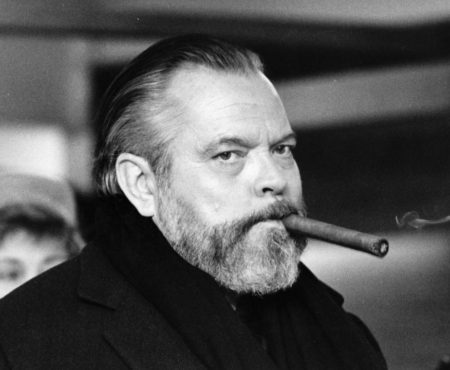With the release of Peter Labuza’s “Approaching the End: Imagining Apocalypse In American Film”, The Critical Press has put together this video essay describing how the noir responds to classical Hollywood melodrama and continues to pervade today’s movies. You can purchase Labuza’s book now at The Critical Press.
NARRATION
What is film noir? The term “film noir” conjures specific images: of dangerous men and femme fatales, of lost souls in darkened streets, or violence in its most gruesome moments. We might think of it as a genre cemented in Hollywood’s past, or as something visual that seeps into all modern day movies. But there’s more to noir than simply a style. Some of our favorite films don’t even resemble film noir. And it’s more than a genre as well.
In the canonical text, THE CLASSICAL HOLLYWOOD CINEMA, Bordwell, Thompson, and Staiger consider film noir a “challenge to dominant values. It simply indicates particular patterns of non-conformity within Hollywood.” But how can we locate these dominant values? Where do we see the dominant mode of Hollywood, and what is its inherent structure?
Why, it’s the melodrama. Not just *those* movies. Linda Williams writes about how all Hollywood films resemble melodrama, whether it’s a western or a sci-fi epic. These films all begin with innocence and must return to it by the end. But this is not the case in film noir. Williams calls melodrama a “mode.” Perhaps noir is one as well, one meant to challenge all that Hollywood – and largely America – came to represent.
Think of your favorite film noirs. They don’t begin with an innocent family home. They begin in bars, in dingy motels, on lonely streets, or simply murder. In melodrama its about the virtues: we know the characters and their moralities, and we can assign them easy significance. In noir, this is not so easy. The hero may have to risk it all, even if it would cost him his life. And the innocent woman may not be as innocent after all.
More than anything, there’s never satisfaction. Even if the killers are brought to justice, and morality restored, we still feel a tinge of twisted darkness. Because of this noir may not look like noir. It could be set in the west or the distant future. It may never feature a shot of shadows, but we can feel it in the air. We can feel it because it displaces us. We feel temporally uncertain. If there has been an innocent past, it has been long forgotten, and there’s rarely hope for a good future.
We live and sit in “lounge time,” as Vivian Sobchack has called it: the places away from home and away from the center of innocence. And if we *do* have the home, it has become morally corrupt. And without time, morality disappears as well.
The protagonist cannot exist without choice, without action, and in a world without morality the protagonist must often make a choice against their own values. *Any* choice is better than nothing, even if it’s defiant. This choice could be a crime or falling into lust, taking a life or taking one’s own life.
Noir is not just a genre. It’s a response to narrative style in Hollywood, that which we see in the melodrama. It thus pervades into today. Whether we’re watching crime films, or perhaps period pieces, and even contemporary television, noir pervades because it is a necessary response. It counterbalances Hollywood, even if it resembles Hollywood itself.




















